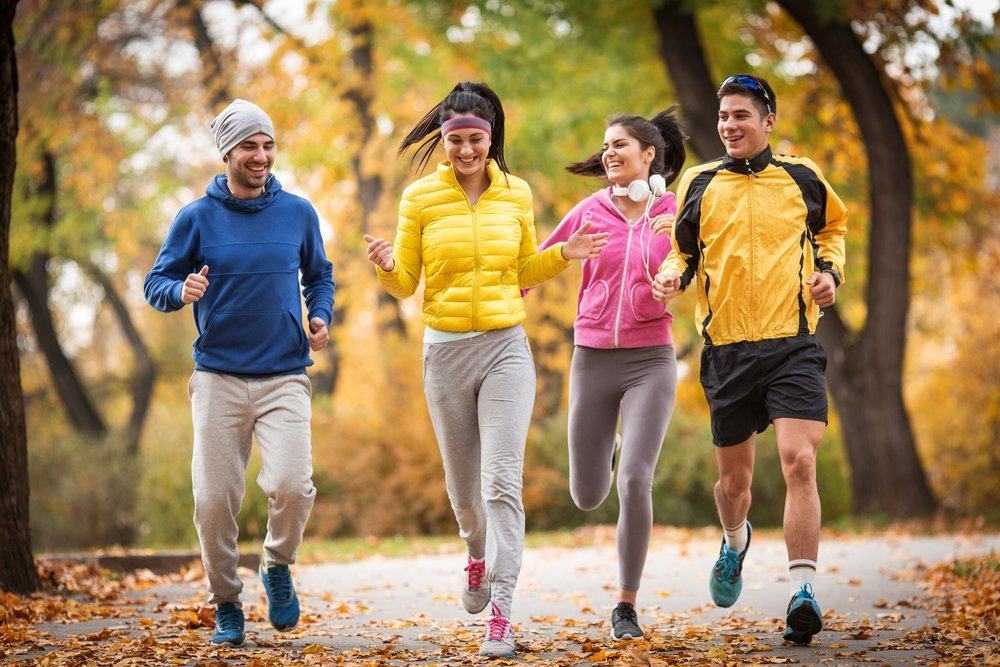4 Things That Happen To Your Body After Routine Exercise

Exercise has been known to be a preventative factor for various chronic diseases. This is because exercise can help the body rebalance various organ functions and metabolism. Whether for health reasons or losing weight, a routine of physical activity can change the way various organs work. This is because, if done consistently, the body will adapt and can increase the level of physical fitness.
This is how the body adapts to exercise
Adaptation is the body’s response to physical activity. This can occur for a short time (acute adaptation) or for a longer time (chronic adaptation).
Acute adaptation – is a physical adaptation that occurs in a short time while being physically active. This is marked by an increase in the activity of organs such as the heart and muscles while exercising, but this adaptation will soon disappear or return to normal when the exercise has stopped.
Chronic adaptations – is a form of adaptation that occurs in line with the increase in exercise intensity in a matter of days, weeks, to months. Chronic adaptation is usually characterized by a change in the shape of the body’s organs, which is accompanied by an increase in the working capacity of an organ that has adapted. For example, an increase in the capacity of the lungs to store oxygen after a certain period of aerobic exercise.
Everyone has varying times until the body is able to adapt to the sport optimally, but in general adaptation is influenced by intensity, duration, and frequency. To adapt, it takes a slow and consistent increase in the three, this is necessary for an increase in physiological capacity. In addition, individuals who have been physically active will more easily adapt to new exercise routines and experience increased physiological function more quickly.
What are the changes that occur in the organs of the body due to exercise?
There are several main changes in the organs of the body after adapting to an exercise routine, including:
1. Increased strength of the heart
It is characterized by an increase in the size and strength of the left ventricle of the heart, which plays a role in pumping blood around the body. In normal adults who do not exercise routine physical activity, the heart pumps about 60 ml of blood. However, people who routinely do physical activity can pump blood up to 100 ml while at rest.
This increase in capacity also causes a lower heart rate because the heart can work more efficiently in pumping blood. Cardiac capacity is also important for maintaining the elasticity of blood vessels, muscle growth, and oxygen intake capacity.
2. Enlargement of muscles
As the body’s moving organ, muscles require a lot of energy, which is obtained from oxygen and food storage. The increase in muscle size and mass is caused by the muscles that have adapted and have more capillaries, mitochondria, energy-producing enzymes, and the capacity to store more food items such as carbohydrates, glycogen and fat.
Muscle capillaries are useful for helping muscles work efficiency in producing energy through the transport of oxygen and food materials. Oxygen is needed by the mitochondria in muscle cells to produce energy, this process is also assisted by myoglobin, whose numbers tend to increase in the muscles that are actively used. By exercising regularly, your muscles will also be more adapted to use food ingredients effectively.
3. Increased lung capacity
The higher the intensity of a person’s exercise, the greater the body’s oxygen demand. To meet these needs, human lungs can adapt by storing more oxygen. However, the lung size did not increase in size.
Increased lung capacity allows the lungs to store, use and distribute oxygen more efficiently, so that the lungs can work properly without taking too many breaths. This will prevent shortness of breath while running or when doing high-intensity exercise. In general, the lung capacity is much lower if a person is not physically active.
Although adapted lungs are able to breathe more oxygen in one breath, individuals who regularly exercise tend to have low oxygen intake levels when they are at rest. This is because the body has been trained to meet and distribute oxygen efficiently.
4. Bones regenerate faster
The adaptation of bones to sports can be triggered by muscle contraction against the bone. This helps the process of bone regeneration by new bone cells after degeneration. This process occurs slowly and gradually, and can be triggered by any type of exercise, especially resistance training, which can build muscle strength.
Regeneration starts in the outer bone layer to the inside. Bone regeneration generally occurs in groups of axial bones (such as the spine, ribs, skull and sternum) and limb bones (long bones in the upper arms and thighs, shoulder blades, lumbar and pelvis)
Hello Health Group and Hello Sehat do not provide medical advice, diagnosis or treatment. Please check our editorial policy page for more detailed information.